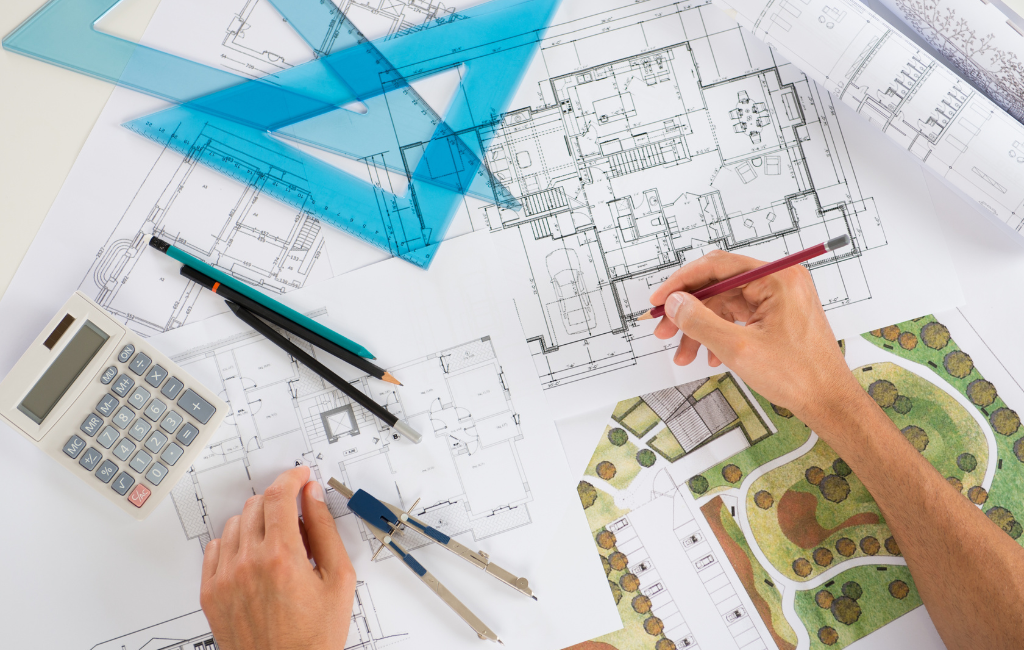Architect: Designing Inspiring Spaces
Architecture is more than just constructing buildings; it is about creating spaces that inspire, comfort, and function seamlessly within their environment. The role of an architect is multifaceted, involving creativity, technical knowledge, and a deep understanding of human behavior and needs.
The Role of an Architect
An architect’s responsibilities extend beyond drawing blueprints. They must consider the environmental impact, sustainability, and the cultural context of their designs. Architects are tasked with balancing aesthetics and functionality, ensuring that their creations are both beautiful and practical.
Key Responsibilities
- Designing buildings and spaces that meet client needs and regulatory requirements
- Collaborating with engineers, contractors, and other professionals
- Overseeing construction to ensure adherence to plans and specifications
- Incorporating sustainable practices and materials
- Ensuring accessibility and safety standards are met
Inspiration and Creativity
Inspiration for architectural design can come from various sources, including nature, history, and technology. Architects often draw from these elements to create innovative and unique spaces.
Nature as a Muse
Many architects look to nature for inspiration, incorporating organic shapes and natural materials into their designs. This approach not only creates aesthetically pleasing structures but also promotes sustainability.
Historical Influences
Historical architecture provides a rich source of inspiration. By studying past styles and techniques, architects can blend traditional elements with modern innovations to create timeless designs.
Technological Advancements
Advancements in technology have revolutionized architectural design. Tools like Building Information Modeling (BIM) and 3D printing allow architects to visualize and test their ideas more effectively, leading to more precise and innovative outcomes.
Case Studies of Inspiring Spaces
Examining successful architectural projects can provide valuable insights into the design process and the impact of thoughtful architecture.
The Guggenheim Museum, Bilbao
Designed by Frank Gehry, the Guggenheim Museum in Bilbao, Spain, is a prime example of how architecture can transform a city. The museum’s unique, flowing design has become an iconic symbol and has significantly boosted tourism and economic growth in the area.
The Fallingwater House
Frank Lloyd Wright’s Fallingwater House in Pennsylvania is celebrated for its harmonious integration with the natural landscape. The house’s design, which includes a waterfall running through it, exemplifies Wright’s philosophy of organic architecture.
The Eden Project
The Eden Project in Cornwall, England, designed by Nicholas Grimshaw, showcases the potential of sustainable architecture. The complex of biomes, which house diverse plant species, demonstrates innovative use of materials and energy-efficient design.
Statistics and Trends in Architecture
Understanding current trends and statistics in architecture can help predict future directions in the field.
Green Building
The demand for sustainable buildings is on the rise. According to the World Green Building Council, green buildings can reduce energy consumption by up to 30% and water usage by up to 50%. This trend is driving architects to prioritize eco-friendly designs.
Urbanization
With more than half of the world’s population living in urban areas, architects are increasingly focused on designing efficient, livable cities. This includes creating mixed-use developments, improving public transportation, and incorporating green spaces.
Smart Buildings
The integration of smart technology in buildings is becoming more prevalent. Smart buildings use sensors and automation to optimize energy use, enhance security, and improve occupant comfort. This trend is expected to grow as technology advances.
Conclusion
Architects play a pivotal role in shaping the built environment. By blending creativity with technical expertise, they create spaces that inspire and serve the needs of their users. Through sustainable practices, innovative designs, and a deep understanding of human behavior, architects continue to push the boundaries of what is possible in the field of architecture.
